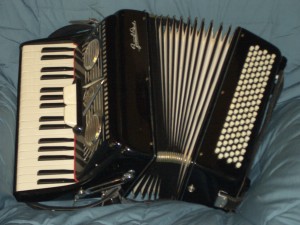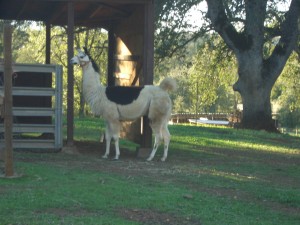There was a time when the last word we would associate with libraries was crime. Then along came the movie Foul Play, where countless attacks were made on the life of Gloria, the librarian played by Goldie Hawn. The creepiest scene for me was when she was stalked through the stacks in a closed and darkened library. Although most librarians won’t encounter that situation, there are a variety of different crimes that take place in libraries, some creepier than others.
Overdue Items: What might be a simple, easily-corrected oversight sometimes escalates into something worse. More than one librarian has been verbally assaulted by a patron for upholding the policy of refusing to allow more checkouts until fines are paid and/or overdue items are returned. The level of threatening language can require intervention by campus security guards or even local police.
Theft: This one is a real crime. Patrons take a locked DVD from the shelves, hide in a corner of the library, and pry at the DVD case  until it opens, then steal the disc, and then toss the broken jacket. To steal a magazine or book, some patrons become savvy enough to figure out where the security strips are adhered to the item. They rip off the strip, then walk through the magnetic gates with the item concealed in a backpack and never trigger the alarm.
until it opens, then steal the disc, and then toss the broken jacket. To steal a magazine or book, some patrons become savvy enough to figure out where the security strips are adhered to the item. They rip off the strip, then walk through the magnetic gates with the item concealed in a backpack and never trigger the alarm.
Squatters: Some patrons love the library so much they never want to leave. They hide in dark corners until after closing and then spend the night. It might take several days for librarians discover they have an unwanted “house guest.”
Porn: It’s always an unpleasant task for the person on duty in the computer lab to ask patrons who are surfing porn sites to either cease and desist or leave the library.
X-rated Behavior: One staffer was startled when she went to check that all patrons had left the library at closing time, only to discover a couple having sex under a table in one of the study rooms. Public indecency sounds about right in that case.
Physical Assault: One young woman ignored the no food or drink rule and brought a plate full of chili fries into the library to give to her boyfriend, who was studying there. The library director stopped her, explained that she couldn’t take the food into that area of the library. She responded by throwing the chili fries on the floor and throwing a punch at the director. The punch connected, the director called police, and the girlfriend ended up in court.
Shooters: This is the crime we hope we’ll never witness. I suspect every library has a procedure in place. Where I worked, we all had assigned tasks in the event we were alerted to a potential shooter or any other similar threat on campus. One staffer would make an announcement alerting patrons and giving instructions; others would lock all of the exterior doors. Patrons would be led into an inner room where they would remain behind locked doors until the threat had passed. The one time our library went on lockdown, our bad guy was a disgruntled fellow who wielded a knife and made ominous threats toward an employee in an adjacent building. He was eventually chased down by security personnel. Police arrived, he was dispatched, and the lockdown was lifted. Our library patrons quickly went back to their computers and books, seeming unfazed.
In spite of the above, I still believe libraries are safe havens, and perhaps the most important institutions in our lives and in the lives of people throughout the world. Where would humanity be without them?




